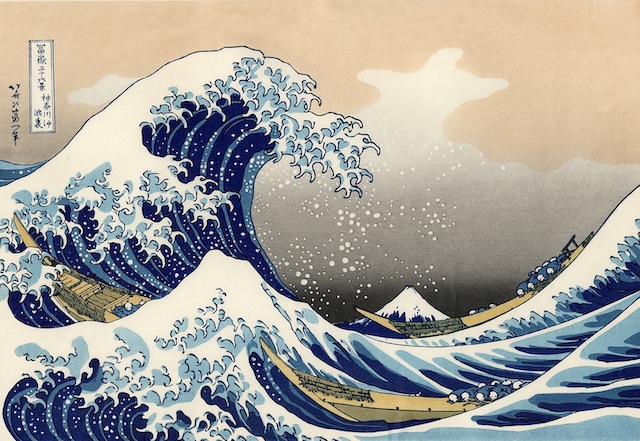Keiko located a Japanese MD who understands/speaks English just minutes from our condo. She accompanied me to our first visit 10 days ago. We were both pleased and impressed with Dr. Saito, who had done an internship in Lexington Kentucky.
Dr. Saito briefly reviewed my current medical history, did a physical exam including an EKG, and inquired about my Rx requirements. With no medical issues, we scheduled an appointment for today to establish a revised Rx (conforming to Japanese standards/availability) and discuss any other medical issues. The cost of the visit … less than U.S.$5.00!
I am proud to report that I successfully negotiated both my first solo visit with Dr. Saito and the local community pharmacy today without Keiko’s assistance!
The appointment was “just like home.” Dr. Saito and I have quickly established a very good relationship with, to his credit, no communication problems.
Since I developed a respiratory condition from the recent rainstorm, he first did an examination and prescribed antibiotics and a throat soothing remedy. Together we then reviewed and agreed to a renewal of my blood-pressure Rx with one minor adjustment.
Finally, I asked about an annual flu shot (influenza shot here) … and he did need to speak with Keiko on the phone at that point to clarify some Japanese regulation relative to a foreigner receiving a vaccination. In any event, I have an appointment to receive the influenza shot. (That he was also familiar with the every 5-year pneumonia vaccination I receive has added to my confidence.)
After successfully paying for the medical appointment (less than $2.50,) I was off to the local community pharmacy located on the ground floor of the same building. The building also houses a number of medical specialists and all are associated with the highly regarded nearby Mitsui Hospital.
At the pharmacy I also had no issues as the staff’s English language capability far exceeded my Japanese. We had a few laughs and successfully completed the transaction. My cold remedy drugs were ready immediately; I will return tomorrow for my regular daily Rx.
I anticipate drug prices to be comparable to the U.S. based on the comments of my seatmate on the flight to Tokyo who was a U.S. drug company sales representative.
I paid about $16.00 for the three 7-day antibiotic Rx. For my primary Rx, the major difference is that instead of a 90 day Rx in the U.S., in Japan you can only get a 30 day supply. I was paying $60.00 in the U.S. for the 90 day supply and I expect my three month costs will be similar in Japan.
However, given that I do not need to make a $25.-$40 co-pay for every visit to an MD as under my prior Medicare plan, the very low charge to check-in with a local MD is a gift worth receiving each month!
Also, the “super-senior” health care plan that covers me in Japan is 60% less expensive than my medicare advantage plan in Maine and provides services far in excess of anything available in the U.S. In the U.S., one would need to pay a very high price for comparable private care not covered by Medicare.
My experience to date is that Japan’s national health insurance system is a model the U.S. should consider when the government gets serious about revising Medicare and the Affordable Care Act.


